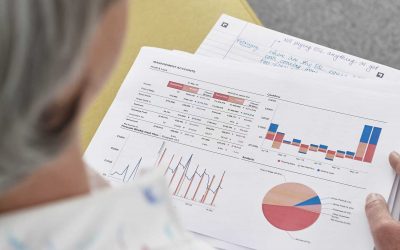Do you have an energy strategy?
Even with the governments proposed interventions energy costs feel like they are spiralling out of control. Energy has been a relatively predictable cost over the last couple of decades, but as with Covid lockdown, uncertainty makes any sort of planning for the future seem risky. However planning is vital as this will have a big impact on cash flow planning.
While I was tidying out files last weekend and came across an articles that I had pulled out of CIMA’s members magazine in 2012. Energy costs were rising at that point, but the article seems ahead of it’s time now.
The positive thing about looking to reduce energy costs (and therefore usage) is that it also reduces your carbon footprint and improves future energy security.
1. Develop an energy saving strategy. Massive price rises make small steps like checking insulation, draught proofing and getting an energy performance review seem trivial. However these can also be relatively easy ways to start reducing energy usage, so make a good place to start. Furthermore, investing in building improvements will often qualify for tax savings.
2. Promote a change in staff behaviour. We are all aware of the current pressures of cost and the need to reduce carbon emissions. Welcoming and even offering rewards for ideas from your team for ways to improve energy efficiency gives everyone an opportunity to contribute
3. Look for quick wins: the same things that you’d do at home. Review your energy deals (that advice may not have aged well), turn the thermostat down a little, etc.
4. Monitor IT energy consumption. As we have transitioned to paperless offices and video conferencing we are using IT more and more. Staffordshire University studied their IT energy use and found that desktop monitors consumed 30% of their energy use while they were idle, and 40% outside of office hours. By encouraging users to turn off monitors when they were not needed they saved £65,000 per annum.
5. Install a smart meter (again, this may just frighten you more at the moment)
6. Use an energy management system. Similar to the principle of smart meters, detailed information about where energy is used allows targeted, informed action to reduce spend. Working to reduce the big energy usage slightly makes the impact far more noticeable.
7. Check efficiency of machinery. Whether this is IT, air con or machinery, everything works better when it’s regularly serviced. Compressed air leakage is often a huge (avoidable) source of energy waste in manufacturing companies.
8. Finally, because we’re accountants… manage the financials more effectively. Can you breakdown utilities by type, supplier, site? Getting better information about what’s driving spend to team leaders who can make changes allow them to act. Good data is essential to make good decisions.
In the current climate the article would probably have added “keep your fingers crossed” but taking action to combat the current price pressure and reduce future reliance on energy is much more effective.




